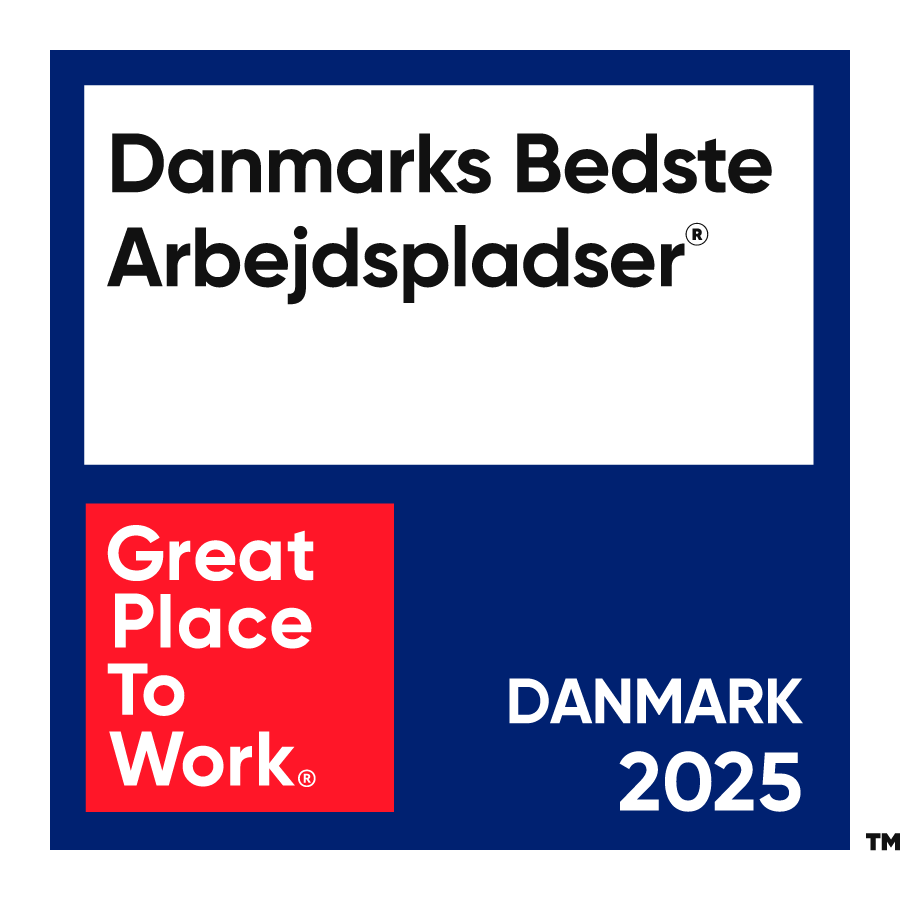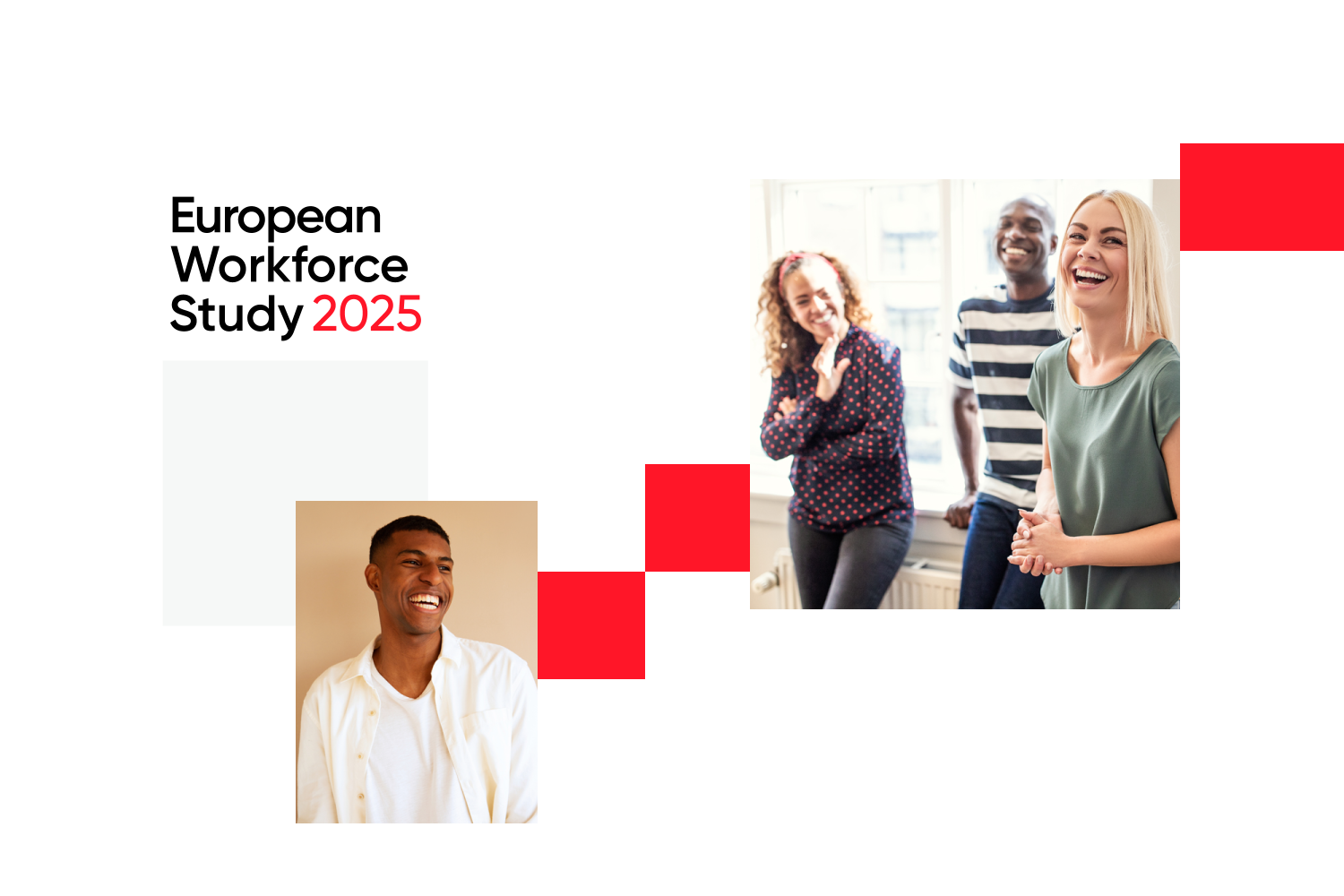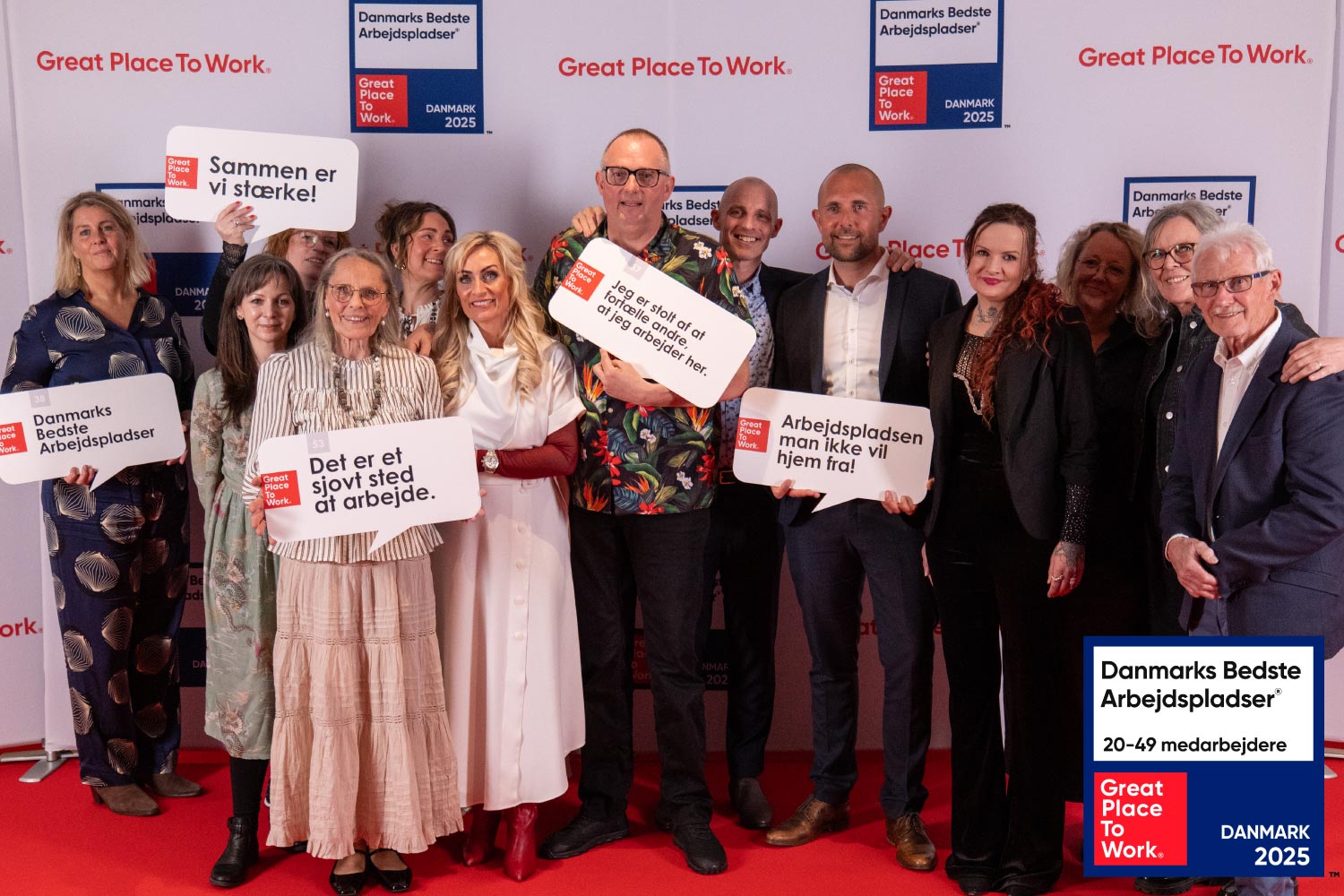Arbejdspladser indrettet til mennesker
Vi ved alle, at lækre lokaler på arbejdspladsen kan have stor indflydelse på hvordan ens arbejdsdag er, og hvor attraktiv man generelt finder arbejdspladsen. I følgende artikel diskuterer Joseph Alonzo, uddannelses- og innovationskonsultent fra San Fransisco, hvor meget design og indretning betyder, og han beskriver hvorfor arbejdspladsen i højere grad skal designes til medarbejderne fremfor arbejdet.
We should design workplaces for people first, then for work. If we re-frame the typical workplace-employee association from a workplace being an environment employees go to do work, to the workplace is a product employees use to produce work, then we can observe how well a product serves its user.
That’s what I was left thinking after watching “an inspiring segment” on 60 Minutes. Profiled was David Kelley, co-founder of the design firm IDEO, and the wonderfully innovative culture that inhabits their offices. The company is known for a methodology they call design thinking — a topic I’ve previously written about— which hinges on the practice of fostering empathy for the user. It posits that if we allow empathy to guide our observations and analysis of users, then will we begin to understand what is, and is not, well designed.
An office with natural light is considered, by many, to be a pretty nice perk. Films often tell of characters that have put in their time for a fair shot at that ‘corner office’ with all the windows. If that is unachievable, an office with access to some natural light is the preferred option, and least desired would likely be an office with no light in sight, except for the fluorescents shining from above. Our desire for windows is both physiological and psychological, as sun light provides us with Vitamin D — an essential ingredient to our overall health — and a place to disengage when we need a break from our work. The ability to look outside can briefly expand our general sense of freedom and openness.
So, if we re-frame the typical workplace-employee association from a workplace being an environment employees go to do work, to the workplace is a product employees use to produce work, then we can observe how well a product serves its user. From that standpoint we can begin asking questions like: how does the physical layout of the office impact employee communication and connectivity? Equally, how does it fulfill an individual’s need for privacy and comfort? How might we structure benefits and perks so that employees feel valued and appreciated? Is employee engagement across disciplines as good as it gets, or can it be restructured as to generate cross-disciplinary creatively?
Chip Conley, founder of Joie de Vive Hotels, has taken this pursuit very seriously by creating a cultural structure that mimics, and then elaborates on, Maslow’s hierarchy of needs. Maslow’s pyramid theorizes that people require their basic needs to be met before they can begin the pursuit of self-development. It is a regular practice of every workplace to pay their employees for the services they provide, albeit wages differ, and many workplaces practice recognizing and praising an employees dedicated services and stand-out performances, but where Conley’s culture sets itself apart is in its desire to create meaning and purpose for employees. This concept is a relatively new practice for workplaces, and its presence can be found among many companies on Great Place’s Best Companies to Work list. The positive effect from engaging people on the level of meaning and purpose is dynamic, and has created a community of companies that care for their employee’s personal development; much like a sage would her pupil.
I want to design workspaces for people first, because people precede production. Production depends on people, and it is fair to assume that the workplace, as a product, influences, if not dictates, production quality and abundance.
I want to design workplaces for people first, then for work.
Joseph Alonzo holds a Master’s in Organizational Development from Saybrook University, and is an education and innovation consultant in the San Francisco, Bay Area. Joseph is a guest blogger for Great Place to Work®.







